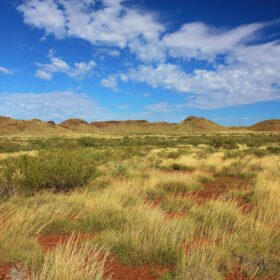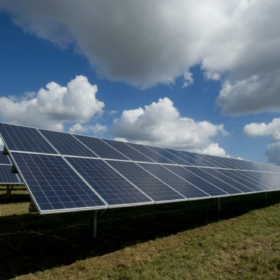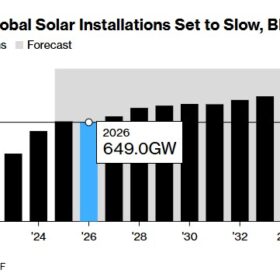For more than two decades, uptake of low- and zero-emissions vehicles was held back by a lack of fuel efficiency standards, hurting our hip-pockets, air quality, and environment.
Meanwhile, high petrol prices rose faster than inflation and other transport costs – filling a petrol car costs about $2,000 more than charging an electric vehicle.
Climate Council Fellow and Chief Executive of Public Transport Association Australia New Zealand (PTAANZ), Lauren Streifer, said: “What better way is there to start the new year than by taking a significant step towards a cleaner and safer future for Australia?
For too long, Australia has been dependent on expensive-to-run, high-polluting cars. The New Vehicle Efficiency Standard gets the world’s biggest car companies contributing towards Australia’s efforts to reduce climate pollution from transport.”
“It marks an important step to slash dangerous climate pollution further and faster this decade, particularly as fossil fuel-powered cars release most of the toxins in our air and contribute to unnatural disasters from a warming planet.”
“Embracing cleaner cars that are cheaper to run will help take the pressure off of Aussie households and drive towards a better future that we can all enjoy.
We’ll soon see more Australians move away from expensive petrol bills, while cleaning dirty air, and reducing pollution that does damage to our climate,” Streifer said.
She said providing more people in cities with cleaner ways of getting around means cleaning up air pollution from traffic congestion.
“This new standard marks a turning point in Australia’s efforts to slash climate pollution from transport this decade,” Streifer said.
“Low- and zero-emission vehicles are an essential part of the puzzle, and we can go further by taking advantage of huge opportunities in shared and active transport, which includes public transport, rideshare, walking and bike riding.”
This will give Australians better and cleaner choices in how they get from point A to B,” Streifer said.





By submitting this form you agree to pv magazine using your data for the purposes of publishing your comment.
Your personal data will only be disclosed or otherwise transmitted to third parties for the purposes of spam filtering or if this is necessary for technical maintenance of the website. Any other transfer to third parties will not take place unless this is justified on the basis of applicable data protection regulations or if pv magazine is legally obliged to do so.
You may revoke this consent at any time with effect for the future, in which case your personal data will be deleted immediately. Otherwise, your data will be deleted if pv magazine has processed your request or the purpose of data storage is fulfilled.
Further information on data privacy can be found in our Data Protection Policy.